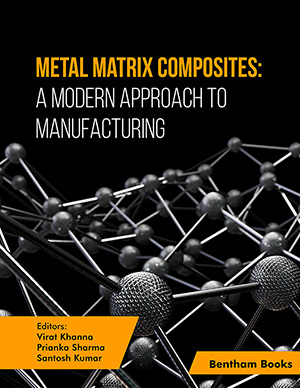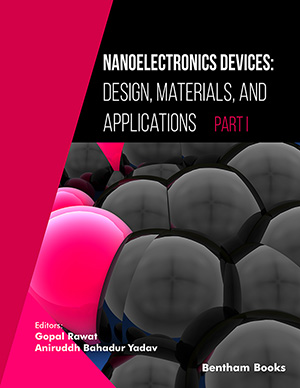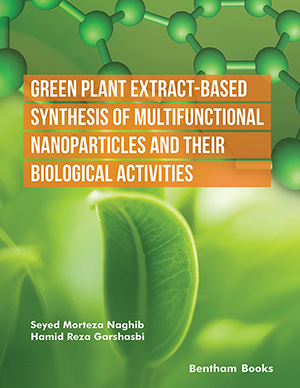Abstract
Background: Ultrafine-grained (UFG) titanium, which is with high yield strength, biocompatibility and corrosion resistance, is widely used in biomedical and industrial applications. However, adiabatic shear localization (ASL) is often observed in UFG materials due to their worse deformation stability under impact loading. This instability will easily result in the formation of adiabatic shear bands (ASB), a narrow band located in the ASL zoom, and finally cause the fracture of the material. The main objective of this work is to study the adiabatic shear behavior of UFG titanium under impact loading, including macro- and micro-properties, temperature rise, ASB failure, etc.
Methods: A synchronization apparatus, which consisted of Kolsky bar system, high-speed camera system and high-speed infrared temperature measuring system, was set up to carry out the in-situ study of the mechanical properties, temperature rise, and adiabatic shear failure process of UFG pure titanium. Microstructure of the material was also analyzed in this work.
Results: The critical strain of UFG pure titanium for adiabatic shear localization is about 0.37 and 0.69 for UFG Ti and CG Ti, respectively. The peak shear stress of UFG Ti is 500MPa. The propagation velocity of ASB in UFG titanium is 533~800m/s, and 160~320m/s for CG Ti. The temperature rsie within ASB of UFG titanium is 307~732℃, and 212-556℃ for CG Ti. The intense temperature rise is after the peak stress and the initiation of ASB most of the time.
Conclusion: UFG Ti has good mechanical properties, however, it is easier to form ASB and cause adiabatic shear failure under impact loading when compared with CG Ti. Temperature rise may not play a major role in the formation of ASB in UFG Ti, but maybe the consequence of ASB. Results of this work will help researchers better understand the failure of UFG metals under impact loading.
Keywords: Ultrafine-grained, adiabatic shear, infrared temperature measurement, high-speed photography, pure titanium, CG titanium.
[http://dx.doi.org/10.1016/j.pmatsci.2005.08.003]
[http://dx.doi.org/10.1038/nature01133] [PMID: 12410306]
[http://dx.doi.org/10.1126/science.1200177] [PMID: 21330487]
[http://dx.doi.org/10.1038/nmat1141] [PMID: 15173850]
[http://dx.doi.org/10.1016/0022-5096(82)90029-1]
[http://dx.doi.org/10.1016/j.msec.2016.04.105] [PMID: 27287096]
[http://dx.doi.org/10.1007/s11661-007-9431-z]
[http://dx.doi.org/10.1007/s10853-006-0700-9]
[http://dx.doi.org/10.1016/j.actamat.2003.12.025]
[http://dx.doi.org/10.1016/j.mechmat.2010.09.002]
[http://dx.doi.org/10.1063/1.1875754]
[http://dx.doi.org/10.1016/j.msea.2013.04.109]
[http://dx.doi.org/10.1016/j.actamat.2010.12.042]
[http://dx.doi.org/10.1016/j.scriptamat.2003.10.010]
[http://dx.doi.org/10.1016/j.actamat.2011.12.019]
[http://dx.doi.org/10.1016/j.matdes.2016.05.081]
[http://dx.doi.org/10.1016/j.actamat.2016.11.041]
[http://dx.doi.org/10.1016/j.msea.2017.01.011]
[http://dx.doi.org/10.1016/j.mechmat.2017.07.015]
[http://dx.doi.org/10.1016/j.actamat.2014.07.011]
[http://dx.doi.org/10.1016/0749-6419(92)90032-8]
[http://dx.doi.org/10.1016/j.jallcom.2021.160031]
[http://dx.doi.org/10.1016/j.matlet.2021.130366]
[http://dx.doi.org/10.1088/1757-899X/511/1/012012]
[http://dx.doi.org/10.1016/j.msea.2016.05.093]
[http://dx.doi.org/10.1016/j.ijimpeng.2016.11.012]
[http://dx.doi.org/10.1016/j.ijimpeng.2018.04.003]
[http://dx.doi.org/10.1016/S1359-6454(02)00526-8]
[http://dx.doi.org/10.1016/j.ijimpeng.2009.08.002]
[http://dx.doi.org/10.1051/jp4:2000943]
[http://dx.doi.org/10.1051/jp4:20020679]
[http://dx.doi.org/10.1016/0022-5096(91)90019-K]
[http://dx.doi.org/10.1016/0079-6425(92)90004-Q]
[http://dx.doi.org/10.1016/j.msea.2004.03.064]
[http://dx.doi.org/10.1179/mst.1985.1.1.38]
[http://dx.doi.org/10.1007/978-1-4615-8696-8_29]
[http://dx.doi.org/10.1016/j.actamat.2019.09.011]
[http://dx.doi.org/10.1016/j.jmps.2009.04.008]
[http://dx.doi.org/10.1103/PhysRevLett.122.015503] [PMID: 31012723]
[http://dx.doi.org/10.1016/j.jmps.2019.103811]
[http://dx.doi.org/10.1007/s11661-007-9271-x]


























